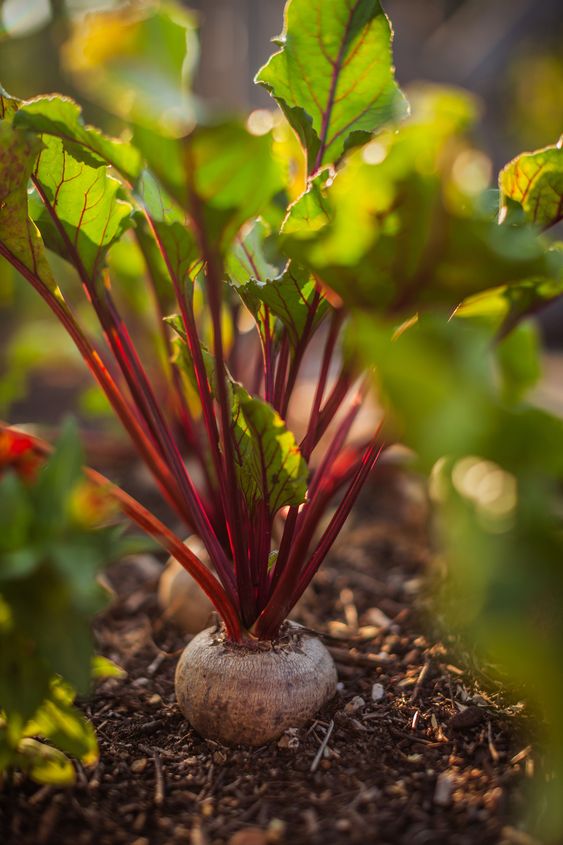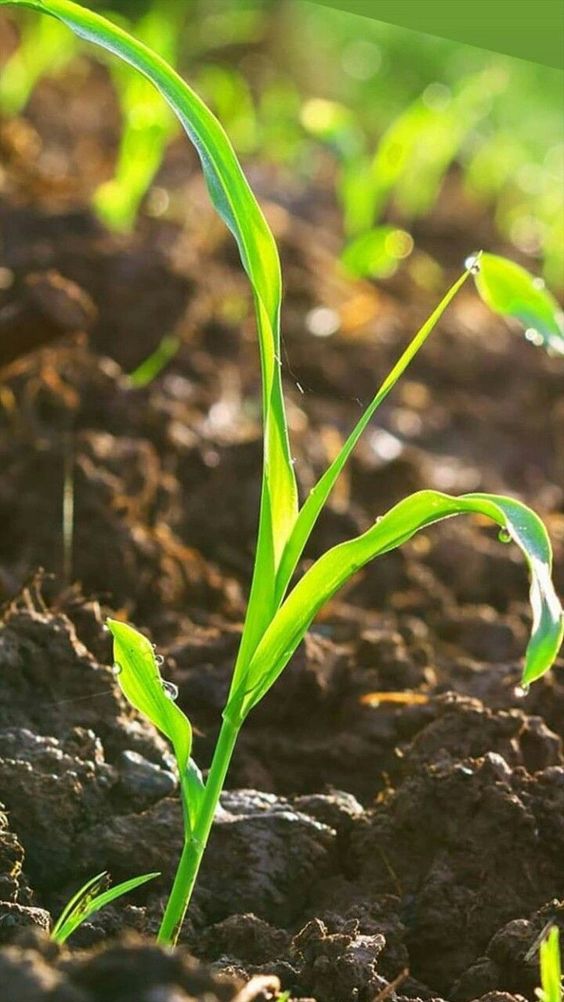Precision Planting Squash: Optimizing Squash Production with Smart Agriculture Technologies
Planting Squash, a versatile and delicious member of the gourd family, is a staple crop across the globe. However, achieving high yields and consistent quality can be challenging due to factors like unpredictable weather, pest infestations, and inefficient resource management. This is where Smart Agriculture steps in, offering a suite of data-driven technologies to revolutionize squash production.
This comprehensive guide explores how Smart Agriculture empowers farmers to cultivate healthy, thriving squash with precision and efficiency. We’ll delve into the specific technologies, their benefits, and practical implementation strategies for maximizing squash yields and profitability.
Contents
- 1 Objectives of Smart Agriculture in Planting Squash Production
- 2 Smart Agriculture Technologies for Planting Squash Cultivation
- 3 Benefits of Smart Agriculture for Planting Squash Growers
- 4 Explanation and Usefulness of Specific Technologies
- 5 Implementation Strategies for Smart Agriculture in Squash Production
- 6 Challenges and Considerations for Smart Agriculture Adoption
- 7 Overcoming Challenges and Optimizing Smart Agriculture Adoption
- 8 The Future of Smart Agriculture in Planting Squash Production
Objectives of Smart Agriculture in Planting Squash Production
- Enhanced Crop Monitoring: Utilize sensors and aerial imagery to track soil moisture, temperature, nutrient levels, and plant health in real-time. This data allows for targeted interventions and resource optimization.
- Precision Irrigation: Employ smart irrigation systems that deliver water based on real-time soil moisture data, minimizing water waste and ensuring optimal hydration for squash plants.
- Disease and Pest Management: Leverage weather forecasting and disease prediction models to proactively address potential threats. This minimizes reliance on reactive measures like chemical application.
- Yield Optimization: Employ variable rate technology (VRT) to adjust seed planting depth, fertilizer application, and other agronomic practices based on specific field conditions, maximizing yield potential.
- Improved Resource Management: Integrate farm management software to track resources, analyze data, and make informed decisions regarding planting schedules, fertilizer needs, and labor allocation.
Smart Agriculture Technologies for Planting Squash Cultivation
- Soil Sensors: These wireless devices provide continuous data on soil moisture, temperature, pH, and nutrient levels. This allows for the creation of detailed soil maps and targeted nutrient supplements.
- Weather Stations Planting Squash: Real-time weather data helps in planning irrigation schedules, predicting frost events, and anticipating potential pest outbreaks based on weather patterns.
- Drone Technology: Drones equipped with multispectral cameras can capture high-resolution aerial imagery of squash fields. This data aids in identifying nutrient deficiencies, plant stress, and early signs of disease infestation.
- Precision Irrigation Systems: These systems utilize soil moisture sensors and weather data to automate watering schedules, delivering the precise amount of water required by the plants at any given time.
- Variable Rate Technology (VRT): VRT allows for the adjustment of seed planting depth, fertilizer application, and herbicide use based on pre-programmed field maps or real-time sensor data.
- Farm Management Software: This software integrates data from sensors, weather stations, and other sources to provide farmers with comprehensive insights into their operations. It facilitates informed decision-making regarding resource allocation, planting schedules, and harvest predictions.
Benefits of Smart Agriculture for Planting Squash Growers
- Increased Yields: By optimizing soil conditions, irrigation, and nutrient application, Smart Agriculture practices can significantly increase squash yields.
- Improved Fruit Quality: Precise control over soil conditions and pest management leads to improved fruit quality, size, and uniformity.
- Reduced Costs: Smart irrigation minimizes water waste, and VRT optimizes fertilizer use, leading to significant cost reductions.
- Enhanced Sustainability: By minimizing water usage and reliance on chemical applications, Smart Agriculture promotes environmentally friendly practices.
- Improved Labor Efficiency: Automated data collection and analysis free up valuable time for farmers to focus on crucial tasks.
- Data-Driven Decision Making: Smart Agriculture empowers farmers to make informed decisions based on real-time data rather than relying on intuition or past practices.
Explanation and Usefulness of Specific Technologies
- Soil Sensors: These sensors provide a wealth of data that helps farmers understand the specific needs of their soil. Knowing the exact soil moisture levels and nutrient content allows for targeted watering and fertilizer application, ensuring optimal growth for Planting Squash.
- Weather Stations: Weather data is crucial for planning irrigation schedules. With real-time information on temperature, humidity, and wind speed, farmers can adjust watering accordingly and anticipate potential weather events that may impact squash growth, such as excessive rainfall or frost.
- Drone Technology: Drone-captured images can be analyzed to identify areas with nutrient deficiencies, water stress, or early signs of disease infestation. This allows for early intervention, minimizing potential yield losses from plant diseases.
Implementation Strategies for Smart Agriculture in Squash Production
- Identify Needs & Goals: Start by assessing your current farming practices and identifying areas for improvement. Define your goals, whether it’s increasing yields, reducing water usage, or improving fruit quality.
- Research & Choose Technologies: Based on your needs and budget, research and select suitable Smart Agriculture technologies like soil sensors or a basic farm management software. Consider starting with one or two technologies and gradually scaling up as you become comfortable with them.
- Data Analysis & Integration: Invest in training to understand how to interpret data from sensors and integrate it into your decision-making process. Many Smart Agriculture technologies come with user-friendly software.
Challenges and Considerations for Smart Agriculture Adoption
Despite the numerous benefits, implementing Smart Agriculture technologies in Planting Squash cultivation comes with certain challenges:
- Initial Investment: The initial cost of acquiring sensors, drones, or farm management software can be a barrier for some farmers.
- Technical Expertise: Integrating and utilizing Smart Agriculture technologies may require training and technical know-how, especially for farmers unfamiliar with data analysis and software applications.
- Connectivity Issues: In remote areas, reliable internet connectivity might be a limiting factor for real-time data transmission and access to online platforms.
Overcoming Challenges and Optimizing Smart Agriculture Adoption
Strategies to overcome these challenges and ensure successful Smart Agriculture adoption include:
- Government Initiatives: Government subsidies and financial assistance programs can help ease the initial financial burden for farmers looking to adopt Smart Agriculture technologies.
- Training & Knowledge Sharing: Workshops, training programs, and farmer-to-farmer knowledge sharing initiatives can equip growers with the skills and knowledge to operate and analyze data from Smart Agriculture tools.
- Developments in Technology: Advancements in sensor technology are constantly reducing costs and making them more user-friendly. Additionally, the rise of cloud-based platforms and user-friendly interfaces make data analysis more accessible for farmers with limited technical expertise.
The Future of Smart Agriculture in Planting Squash Production
The future of Planting Squash cultivation holds immense potential for Smart Agriculture. Here are some exciting developments on the horizon:
- Precision Breeding: Utilizing genetic markers, researchers are developing Planting Squash varieties with improved disease resistance, higher yields, and enhanced nutritional profiles.
- Artificial Intelligence : AI algorithms will analyze vast datasets from sensors, weather stations, and historical records to predict crop performance, identify potential problems before they arise, and recommend corrective actions.
- Robotic Automation: Autonomous robots can be employed for tasks like weed control, targeted pesticide application, and even harvesting squash fruits with minimal damage.
Planting Squash,Smart Agriculture presents a revolutionary approach to squash cultivation, empowering farmers to achieve precise control over growing conditions and optimize resource utilization. By embracing these technologies, growers can significantly improve yields, fruit quality, and overall farm profitability while promoting sustainable practices. As Smart Agriculture continues to evolve with advancements in technology and AI, the future of Planting Squash production promises to be data-driven, efficient, and highly productive.




